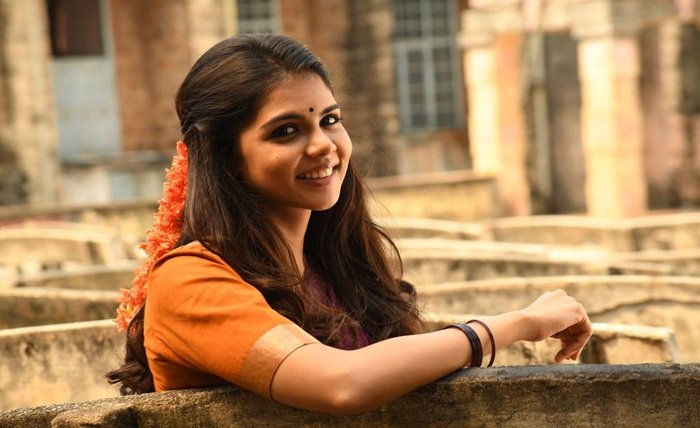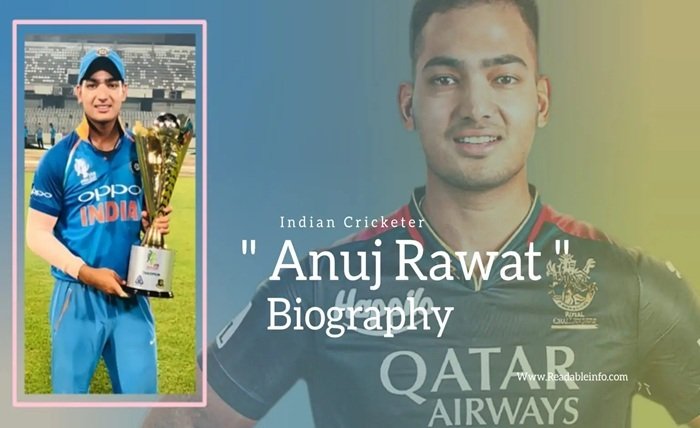Holi, the festival of colors, is celebrated with immense enthusiasm across India and beyond. One of the most iconic elements of this joyous occasion is the pichkari. In this blog post, we’ll delve deep into the world of pichkaris, exploring their history, types, significance, and some tips on using them to make your Holi celebration unforgettable.
What Is a Pichkari?
A pichkari is a traditional water gun that is used during Holi, the Hindu festival that marks the arrival of spring. Typically filled with colored water, the pichkari is used to spray vibrant colors onto friends, family, and strangers, creating an atmosphere of fun and camaraderie. It is one of the main tools used for playing Holi, and its popularity has only grown over the years.
Pichkaris come in various shapes and sizes, from simple plastic designs to elaborate, hand-crafted ones made of metal. The tradition of using water guns for Holi has evolved significantly, but the core idea remains the same: it’s all about fun, colors, and a sense of togetherness.
The History and Significance of the Pichkari
The pichkari has a long-standing history in Indian culture, with roots dating back to the ancient festivals of Holi. Traditionally, Holi was celebrated with the use of natural colors derived from flowers, herbs, and other plant-based substances. These colors were applied to the skin using a variety of methods, but it was the pichkari that became a symbol of the festival’s playfulness.
In its early form, pichkaris were often handmade from brass or copper and were used to shoot colored water. Over time, the use of plastic and other materials made them more affordable and widely available, allowing people from all walks of life to partake in the festivities.
The significance of the pichkari goes beyond just being a fun toy. It symbolizes the vibrant and exuberant nature of Holi, encouraging people to break social barriers and connect through the joyous act of throwing colors. The pichkari has thus become an integral part of the Holi tradition, embodying the spirit of renewal, freedom, and joy.
Types of Pichkari
When it comes to pichkari, the variety is endless. There are numerous types available on the market, ranging from simple designs for children to more intricate, high-powered models for adults. Here’s a look at some popular types of pichkari:
1. Plastic Pichkari
The most common type of pichkari is the plastic model. These are available in various shapes, sizes, and colors. They are lightweight, easy to use, and come in both manual and pump-action designs.
2. Brass or Copper Pichkari
For those who prefer something more traditional, brass or copper pichkaris are a great choice. These hand-crafted models often have intricate designs and are durable, adding a touch of heritage to your Holi celebrations.
3. Motorized Pichkari
These modern pichkaris are powered by batteries or motors, making them ideal for long-lasting play without the need for constant refills. These pichkaris can spray water for a longer duration and often feature cool designs, such as animal shapes or popular cartoon characters.
4. Sling Pichkari
This type of pichkari resembles a sling, where a water-filled pouch is pulled back and then released to spray water. These pichkaris are fun and offer a unique way of playing Holi.
5. Super Soaker Pichkari
For those who want to go big, super soaker pichkaris are high-capacity water guns that shoot water over long distances. These are the go-to option for those who want to dominate the Holi battlefield.
How to Use a Pichkari Effectively
Using a pichkari may seem straightforward, but there are a few tricks and tips to ensure you have the most fun during the Holi celebration:
Fill with the Right Color Water The first step in using your pichkari is filling it with vibrant, non-toxic color water. You can use store-bought color powders or make your own natural colors from flowers and vegetables. Just make sure to avoid harmful chemicals to protect your skin and the environment.
Choose the Right Pichkari for You Pick a pichkari that suits your comfort level. If you’re playing with kids, choose a smaller, easier-to-handle plastic model. For adults looking to engage in a full-blown water fight, a super soaker or motorized model may be more suitable.
Practice Precision Aim the pichkari at targets in a controlled manner. Holi is all about fun, but ensuring that the water doesn’t end up in someone’s eyes or mouth can make the experience more enjoyable for everyone.
Stay Hydrated Holi can get intense, especially with constant running around and spraying water. Keep some water on hand and stay hydrated to avoid exhaustion.
Pichkari Safety Tips
As fun as playing with a pichkari can be, safety should always be a priority. Follow these guidelines to ensure that your Holi celebration remains safe and enjoyable:
Avoid Harmful Colors Use only natural or skin-friendly colors to fill your pichkari. Chemical-based colors can cause skin irritation and other health problems.
Wear Protective Clothing Consider wearing old clothes that you don’t mind getting stained. Protective eyewear is also recommended to avoid color getting into your eyes.
Be Careful with Water Pressure If you’re using a motorized or high-pressure pichkari, be mindful of the water pressure. Directing water at a high pressure into someone’s face can cause injury.
Respect Boundaries Always play respectfully and avoid targeting people who don’t want to participate. Some may prefer not to get drenched in colors.
Pichkari in Modern Holi Celebrations
Over the years, the pichkari has transformed with the advent of technology and design. While traditional pichkaris remain popular, modern innovations have made them more powerful and entertaining. The combination of technology and tradition has led to an even greater passion for playing Holi with pichkaris.
In today’s world, pichkaris are not only about throwing water; they are an extension of your personality. With options that range from quirky designs to high-tech models, there’s a pichkari for everyone. Additionally, in an era of social media, many people are using their pichkari moments to capture memories and share them online, making Holi an even more communal experience.
Conclusion
The pichkari is undoubtedly a key symbol of Holi, representing the spirit of joy, renewal, and fun that defines the festival. From its rich history to the modern designs we use today, it has evolved but always stayed true to its purpose—spreading colors and happiness. Whether you are using a traditional brass pichkari or a modern super soaker, the essence of Holi remains the same: a celebration of life, love, and unity.
FAQs
What is the best material for a pichkari? Plastic pichkaris are the most common and affordable, but if you’re looking for durability and tradition, brass or copper pichkaris are a great choice.
Can I use any color in a pichkari? It’s best to use skin-safe, non-toxic colors. Avoid chemical colors as they can harm your skin.
How do I clean a pichkari after use? After playing Holi, rinse your pichkari with clean water to remove any leftover color. You can also wipe it down with a damp cloth to keep it in good condition.
Are there any safety tips for using a pichkari? Yes! Always aim carefully to avoid getting water in someone’s eyes or mouth, and choose skin-safe colors.
Can pichkaris be used for other festivals or events? While pichkaris are most popular during Holi, they can be fun for any outdoor water-based event, as long as the appropriate water is used!











